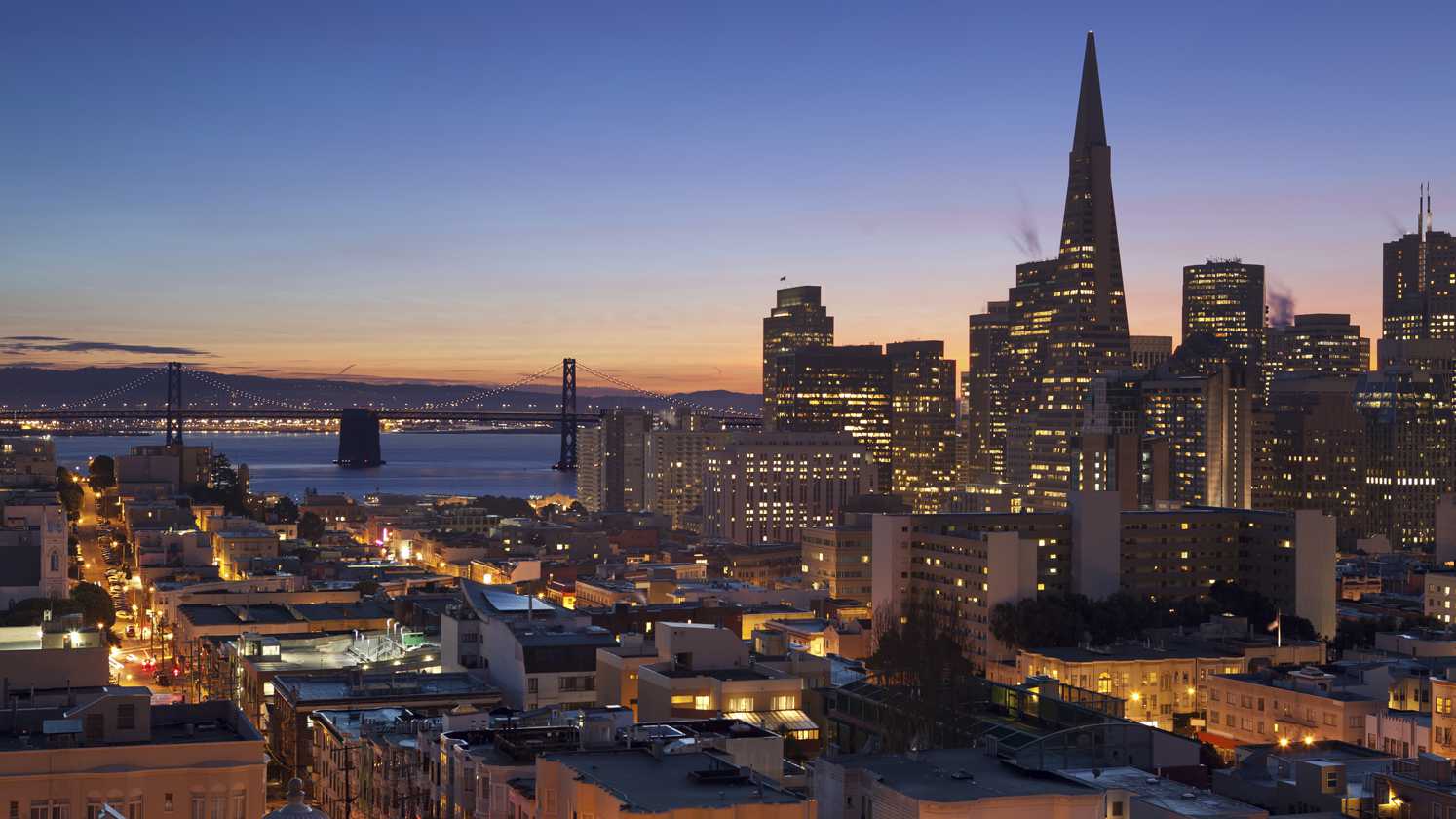If you left for work in the dark today, you’re not alone. This week and next, about half of us will leave home before sunrise. The typical full-time worker departs for work at 7:20 a.m., according to the U.S. Census, and at this time of year sunrise is in the 7:10–7:30 a.m. range in most of the country. Over the next two weeks, as the days keep getting shorter but before daylight saving time ends on November 6, sunrise comes later in the morning than at any other time of year — later even than on the shortest day of year in December.
For workers in some occupations, though, going to work in the dark isn’t just a seasonal event. We looked at U.S. Census data to see when people depart for work and discovered which jobs are for the early birds and which are for the night owls.
Jobs that start early and jobs that start late
Nearly two-fifths (39%) of full-time workers leave for work between 7 and 8 a.m. More than two-thirds (70%) leave between 6 and 9 a.m. Only 14% leave for work in the morning before 6 am, and 16% leave after 9 am. No wonder the roads and trains are so crowded at commute times.
However, even though 14% of workers across all occupations leave home before 6 a.m., leaving home before then isn’t the norm for any occupation. In the occupations that start earliest, the typical worker walks out the door at 6 a.m.: several occupations are tied for the honor (or curse) of starting this early, mostly in construction, heavy manufacturing, or military jobs.
[table id=62 /]
Note: the table shows the ten most common occupations tied for the earliest median time departing for work, at 6 a.m. Several less common occupations were also tied at 6 a.m.
These early-bird occupations have some features in common. Nearly all are extremely male-dominated with the exception of bus drivers, 40% of whom are women. And most of these early jobs require less education: aside from the two military occupations, in all of these 6 a.m. occupations fewer than 10% of workers have a bachelor’s degree.
The best jobs for sleeping in are entertainment and food-service occupations: people who work in restaurants, gaming, and of course, bars start their days later than the rest of us. There’s even a government job if you hate the mornings: Postal Service sorters and processors typically leave home for work at noon, when their colleagues who are clerks (7:45 a.m.) or mail carriers (7 a.m.) are already halfway done for the day.
[table id=63 /]
In addition to the above list, two occupations that employ lots of Americans also depart for work on the later side: real estate brokers and sales agents (8:15 a.m.) and hairdressers, hairstylists, and cosmetologists (8:30 a.m.).
Unlike the early-bird jobs, these late-starter jobs include many that are women-dominated or more evenly balanced. However, like the earliest jobs, the latest starting jobs also tend to require less education. Workers with more education are more likely to have traditional schedules: 49% of workers with bachelor’s degrees leave home between 7 and 8 a.m., versus 32% of workers with a high school degree or less. Fully 82% of workers with bachelor’s degrees leave home between 6 and 9 a.m., versus 62% of workers with a high school degree or less.
When higher-skilled workers start their day
Jobs that require more education don’t tend to start extremely early or late, but they don’t all start at exactly the same time, either. Among occupations with relatively high earnings and education levels, engineers and doctors start the day earlier than lawyers and software developers. But the range is fairly narrow: most types of engineers typically leave home at 7 a.m., and software developers typically leave home at 8 a.m. (though you wouldn’t know it from seeing the San Francisco tech crowd coming in at 11 a.m. with their breakfast).
[table id=64 /]
These occupational differences translate into differences in leaving-for-work times across worker demographics and locations. The typical worker with a bachelor’s degree departs for work at 7:30 a.m., while the typical worker with a high school degree or less leaves home at 7 a.m., half an hour earlier. Men typically leave home at 7 a.m.; women at 7:30 a.m.. The differences by age are small: 18–34 year-olds leave at 7:30 am, on average, while both 35–54 year-olds and the 55-and-older set both leave just a bit earlier, at 7:15 am.
A bigger difference is geography: with the exception of bus drivers, the earliest-starting occupations all tend to be located in lower-density suburban areas, smaller towns, and rural areas. The later-to-work occupations are more commonly located in urban areas and higher-density suburban areas. As a result, different types of neighborhoods get going earlier than others. The typical rural full-time worker leaves home at 7 a.m. Suburbanites, on average, get going at 7:15 a.m. Urban residents step out at 7:30 a.m. And people who live in the highest-density urban neighborhoods leave home latest of all, at 7:50 a.m. (The commute times aren’t very different, however, so the geographic differences in when people arrive at work look a lot like the differences in when people leave for work.)
Finally, what about workaholics? People who work longer hours start their day earlier, though not by much. While people who say they usually work 35–40 hours per week typically leave home at 7:30 a.m., those who work 60 or even 80 hours per week typically leave home at 7 a.m. Unless those hard workers are putting in several hours at home in the wee hours, they must be working those extra hours in the evenings or on weekends. The hardest-working among us might not necessarily be going to work in the dark, but they may still be at it long after the sun goes down.






